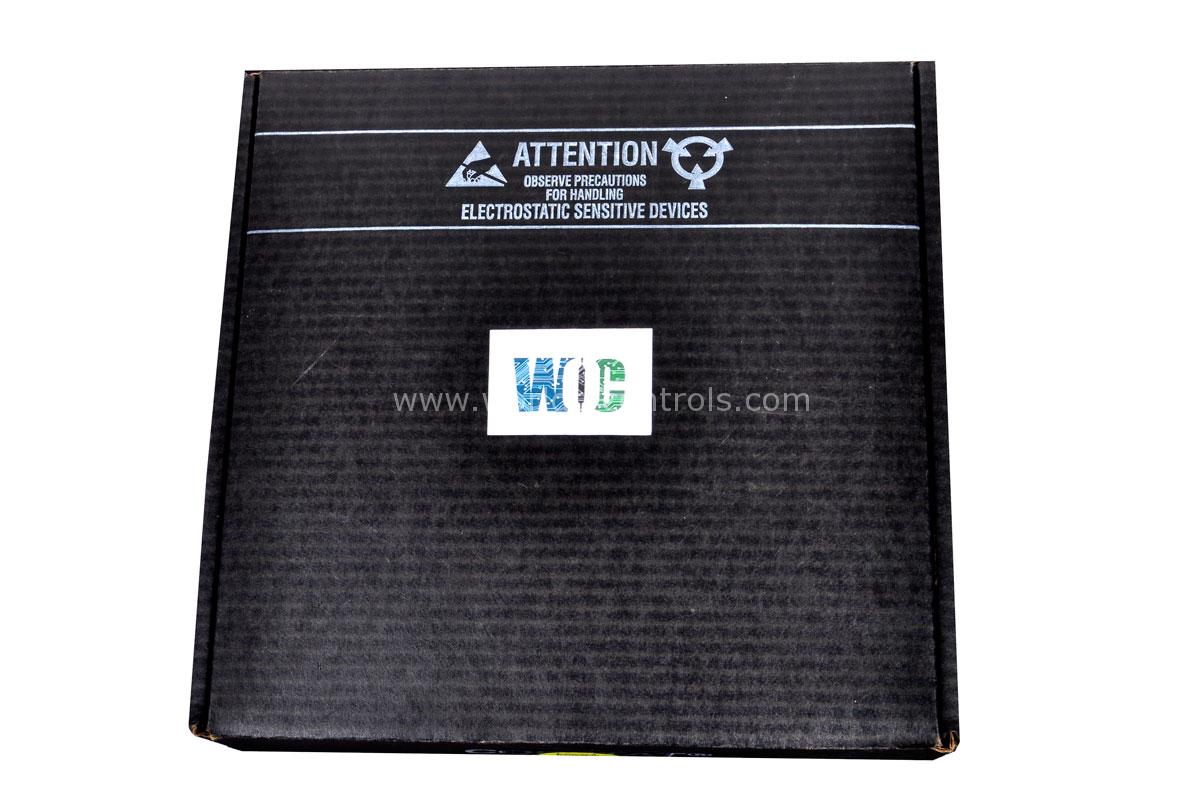SPECIFICATIONS
Part Number: 5461-654
Manufacturer: Woodward
Product type: RTD Module
Number of Channels: 8
Input Type: 3 wire
CMRR: -90 db
Excitation: 4 mA
Availability: In stock
Country of Manufacture: United States (USA)
Functional Description
5461-654 is a RTD Module Module developed by Woodward. The module's design is centered around semi-isolation, setting it apart as an engineering marvel. Each of the eight channels stands independently, isolated from the control common to ensure data integrity. Interestingly, these channels remain interconnected within the module, allowing seamless communication among them. This unique arrangement guarantees accurate temperature measurement while maintaining efficient electrical isolation.
Features
- Functionally, each channel serves as a dedicated receiver for signals from Resistance Temperature Detectors (RTDs). These highly sensitive devices interpret temperature fluctuations as changes in resistance, enabling meticulous temperature analysis. The module's ability to handle these inputs underscores its versatility in various industrial settings.
- The module's prowess extends further with its on-line temperature compensation mechanism. Irrespective of environmental dynamics, this intelligent feature ensures consistent and precise temperature measurement. Such resilience is invaluable in environments where temperature variations could distort data integrity.
- Enhancing its utility, the module incorporates robust hardware diagnostics. This capability empowers users to actively monitor module health and performance, facilitating early issue detection and swift troubleshooting. This proactive approach significantly bolsters system reliability and minimizes potential downtime.
- One of the module's standout characteristics is its calibration-free nature. Eliminating the need for potentiometers and intricate calibration procedures, the module arrives ready for immediate integration. Furthermore, its effortless interchangeability is a highlight. Replacing a module is a hassle-free process, as modules with the same part number can be swapped without any adjustments. This streamlined approach to maintenance ensures operational continuity.
Installation
- The installation process for these modules is designed for ease and efficiency, allowing for seamless integration within the control system's framework.
- To initiate the installation, the modules are adeptly guided into dedicated card guides within the control's chassis. This precision placement ensures that each module is aligned correctly, a pivotal step in guaranteeing optimal performance and connectivity.
- Once in position, the modules are securely plugged into the motherboard, forming a robust and reliable electrical connection. This connection is essential for seamless data transmission and communication between the modules and the broader control system.
- To firmly anchor the modules within the chassis, a pair of screws is employed one situated at the top and another at the bottom of the front panel. These screws act as steadfast sentinels, holding the modules securely in place and preventing any unintended movement or dislodgment.
- A noteworthy ergonomic detail lies in the inclusion of handles located at both the top and bottom of the module. These handles serve a dual purpose, enhancing both installation and removal processes. When toggled, pushed outward, they facilitate the gentle movement of the modules. This subtle action creates the perfect distance for the module's boards to safely disengage from the motherboard connectors, ensuring a controlled and secure disconnection process.
- The choreography of handles, screws, and card guides orchestrates a symphony of precision during the installation process. The result is a seamless integration of the modules into the control system's architecture. The emphasis on stability and safety in this process reflects a commitment to maintaining the reliability and performance standards that these modules are engineered to deliver.
World of Controls has the most comprehensive selection of GE and Woodward components. Our professionals are available to help you with your requirements at any time. If you require any additional information, please contact WOC immediately.
Frequently Asked Questions
What is 5461-654?
It is a RTD Module developed by Woodward.
How do the known voltage readings contribute to hardware fault detection?
The board utilizes the readings from the known voltages to evaluate if any hardware faults have occurred in the channels. This offers a proactive approach to identifying potential issues.
How are the known voltage readings used for software scaling constants?
These known voltage readings are employed to calculate software scaling constants that are crucial for accurate temperature compensation. These constants ensure precision across varying conditions.
What is the role of the MUX in the process?
The MUX, or multiplexer, plays a pivotal role by receiving the RTD input. Under the guidance of the microcontroller, it directs the signal through subsequent stages for proper processing.
How does the gain amplifier contribute to the process?
The gain amplifier is responsible for ensuring that the RTD signal is appropriately amplified based on the specific type of RTD being used. This tailored amplification guarantees accurate measurements.
